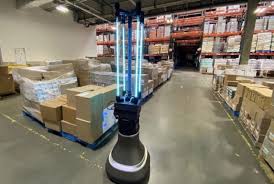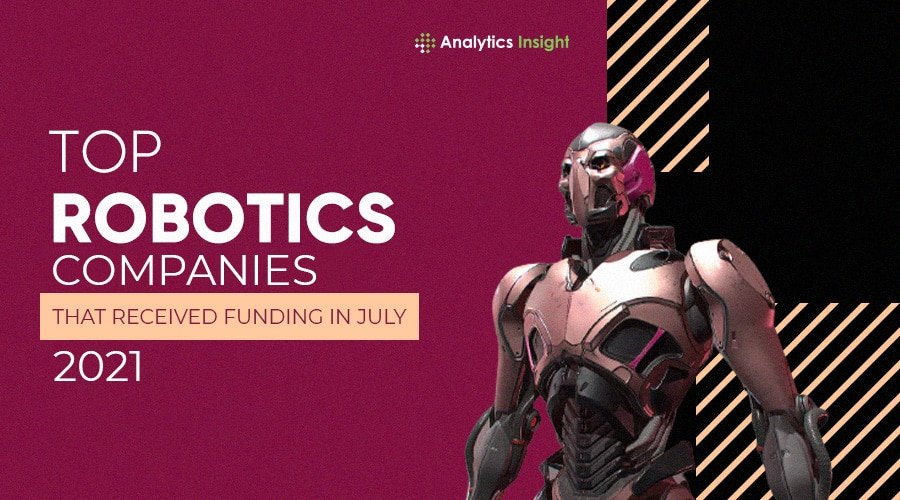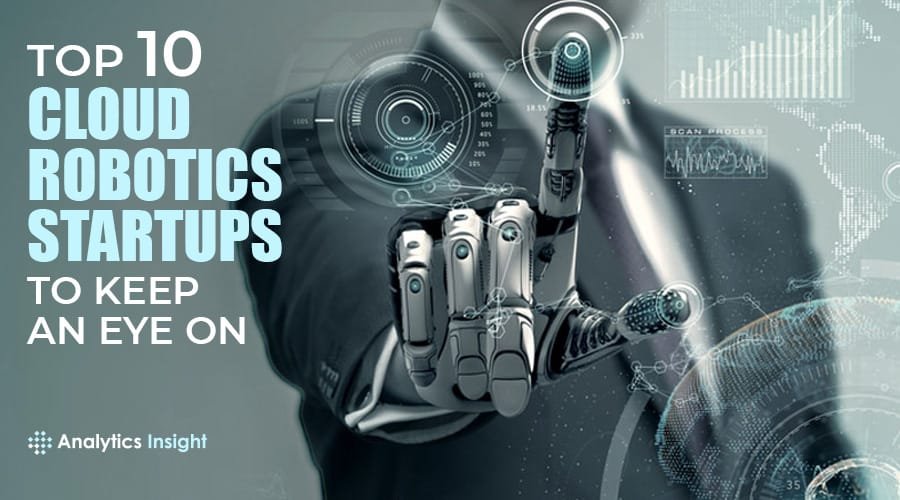Source: techexplorist.com
A team from MIT’s Computer Science and Artificial Intelligence Laboratory (CSAIL), in collaboration with Ava Robotics and the Greater Boston Food Bank (GBFB), designed a new robotic system that powerfully disinfects surfaces and neutralizes aerosolized forms of the coronavirus. Using a custom UV-C light fixture, the system can clean a warehouse floor in half an hour.
Why UV-C light?
UV-C light is a short-wavelength, ultraviolet light that breaks apart germ DNA, leaving it unable to function or reproduce. In other words, UV-C light is germicidal (UV-A and UV-B light are not). UV-C can even neutralize “superbugs” that have developed a resistance to antibiotics.
This new robot doesn’t require any human supervision. Instead, it uses a UV-C array for disinfecting surfaces. Specifically, the array uses short-wavelength ultraviolet light to kill microorganisms and disrupt their DNA in a process called ultraviolet germicidal irradiation.
Scientists tested this approach in GBFB’s warehouse. They found that the robot system is capable of mapping the space and navigating between waypoints and other specified areas.
Scientists specifically used a UV-C dosimeter to check whether the robot was delivering the expected dosage of UV-C light predicted by the model.
The robot drives by the pallets and storage aisles at a speed of roughly 0.22 miles per hour. At this speed, the robot could cover a 4,000-square-foot space in GBFB’s warehouse in just half an hour. The UV-C dosage delivered during this time can neutralize approximately 90 percent of coronaviruses on surfaces. For many surfaces, this dose will be higher, resulting in more of the virus neutralized.
Catherine D’Amato, president and CEO of the Greater Boston Food Bank, said, “Our 10-year-old warehouse is a relatively new food distribution facility with AIB-certified, state-of-the-art cleanliness and food safety standards. Covid-19 is a new pathogen that GBFB, and the rest of the world, was not designed to handle. We are pleased to have this opportunity to work with MIT CSAIL and Ava Robotics to innovate and advance our sanitation techniques to defeat this menace.”
Scientists initially teleported the robot to teach it the path around the warehouse. It is equipped with the autonomy to move around without requiring humans to navigate it remotely. It can go to defined waypoints on its map, such as going to the loading dock, the warehouse shipping floor, then returning to base.
Within GBFB, the team identified the warehouse shipping floor as a “high-importance area” for the robot to disinfect. Each day, workers stage aisles of products and arrange them for up to 50 pickups by partners and distribution trucks the next day. By focusing on the shipping area, it prioritizes disinfecting items leaving the warehouse to reduce Covid-19 spread out into the community.
Now, the team is searching for ways to use its onboard sensors to adapt to changes in the environment, such that in new territory, the robot would adjust its speed to ensure the recommended dosage is applied to new objects and surfaces.
For immediate next steps, the team is focused on increasing the capabilities of the robot at GBFB, as well as eventually implementing design upgrades. Their broader intention focuses on how to make these systems more capable of adapting to our world: how a robot can dynamically change its plan based on estimated UV-C dosages, how it can work in new environments, and how to coordinate teams of UV-C robots to work together.
CSAIL director and project lead Daniela Rus said, “We are excited to see the UV-C disinfecting robot support our community in this time of need. The insights we received from the work at GBFB has highlighted several algorithmic challenges. We plan to tackle these to extend the scope of autonomous UV disinfection in complex spaces, including dorms, schools, airplanes, and grocery stores.”
Alyssa Pierson, CSAIL research scientist and technical lead of the UV-C lamp assembly and CSAIL Ph.D. student Jonathan Romanishin worked alongside Hunter Hansen (software capabilities), Bryan Teague of MIT Lincoln Laboratory (who assisted with the UV-C lamp assembly), Igor Gilitschenski and Xiao Li (assisting with future autonomy research), MIT professors Daniela Rus and Saman Amarasinghe, and Ava leads Marcio Macedo and Youssef Saleh.


